An informal “Fireside Chat” like no other featuring Jim Hogan, managing partner of Vista Ventures, LLC., and Paul Cunningham, Cadence’s corporate vice president and general manager of the system verification group, is in the works for Wednesday, April 10.
Hosted by the ESD Alliance, a SEMI Strategic Association Partner, at … Read More




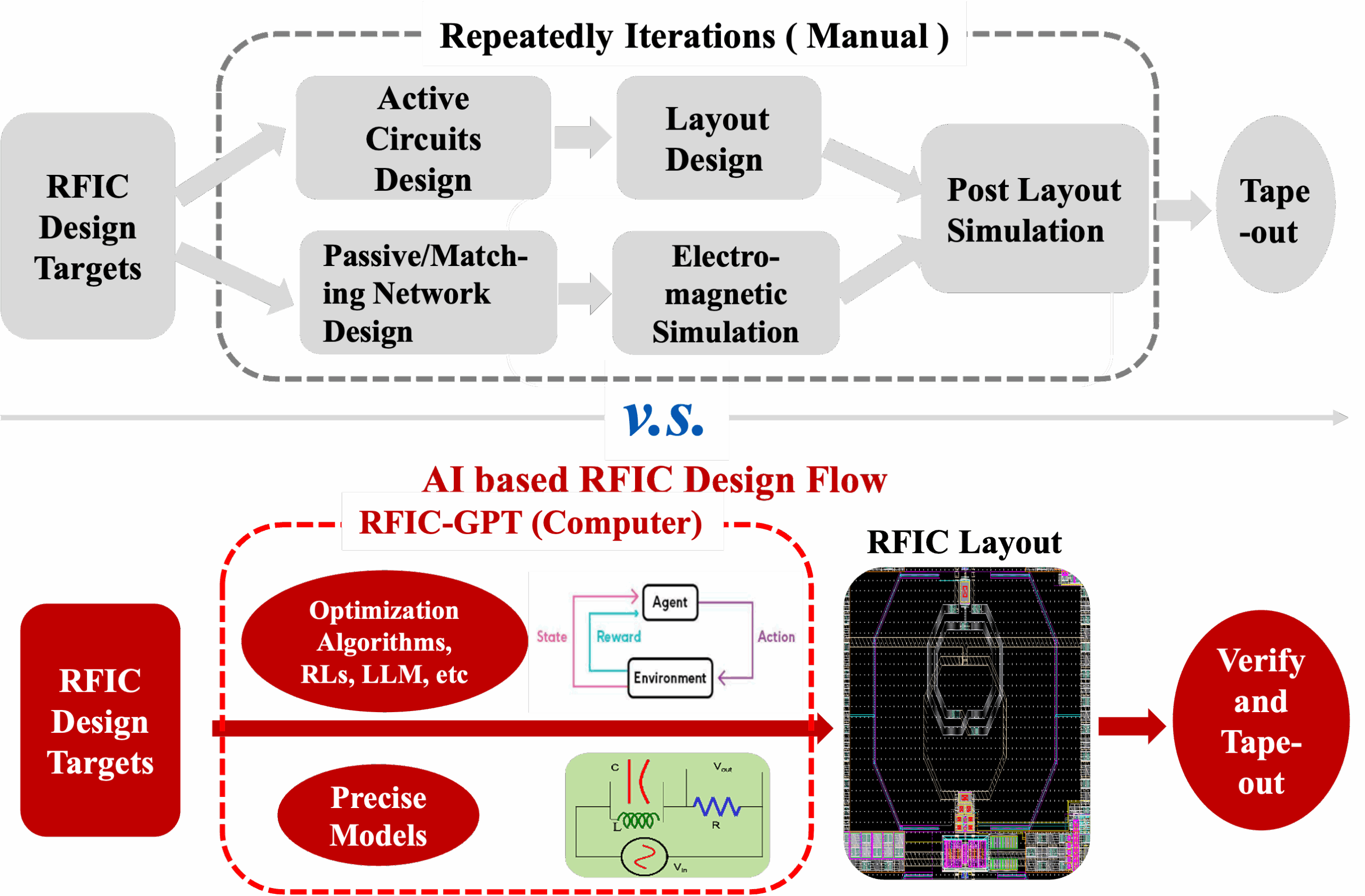
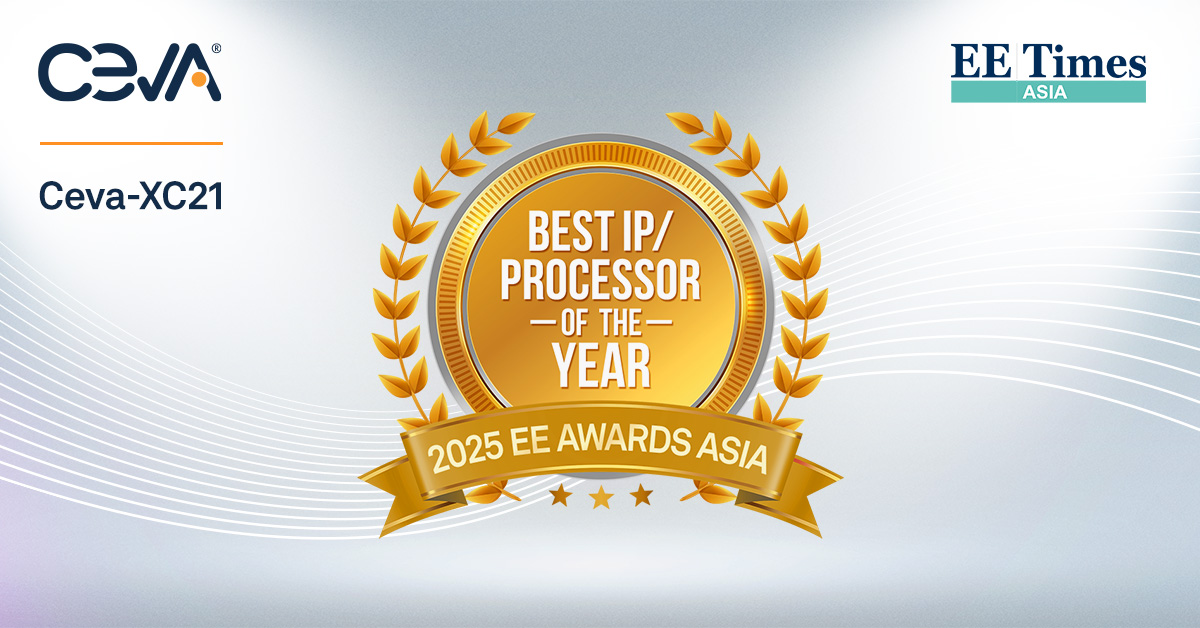

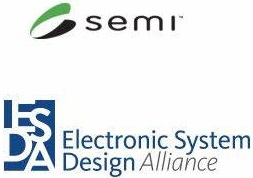


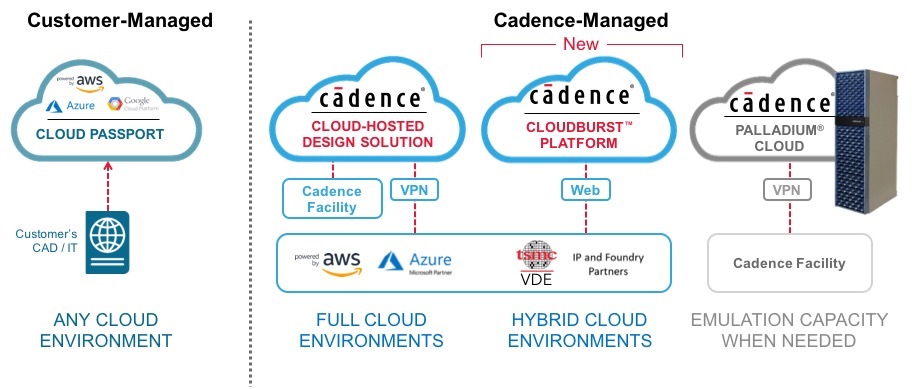
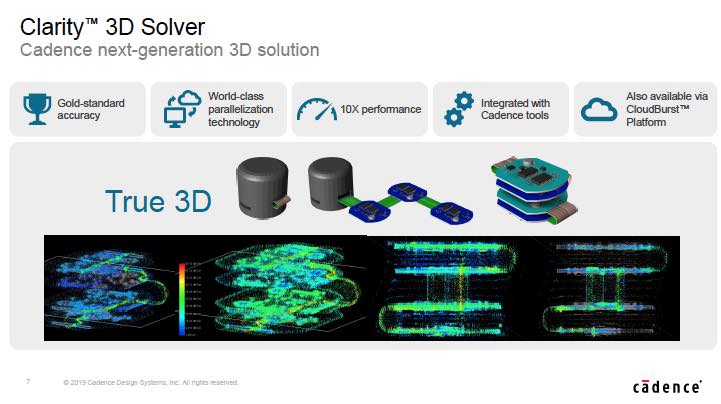

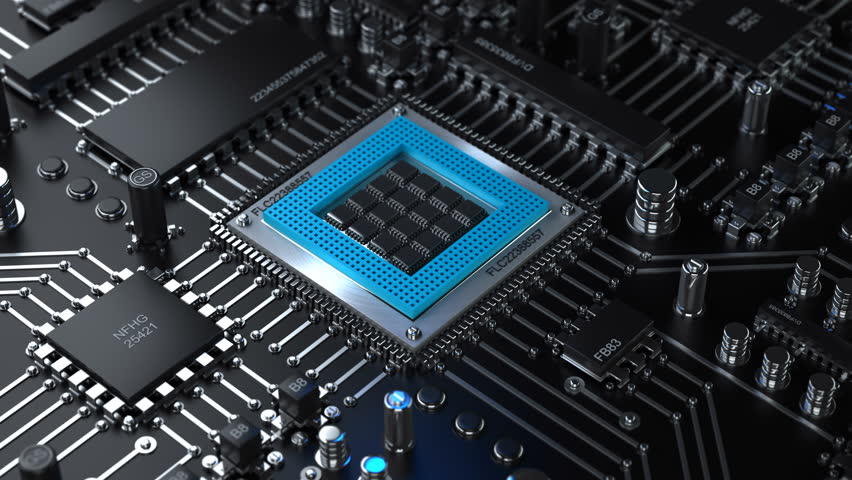


The Quantum Threat: Why Industrial Control Systems Must Be Ready and How PQShield Is Leading the Defense